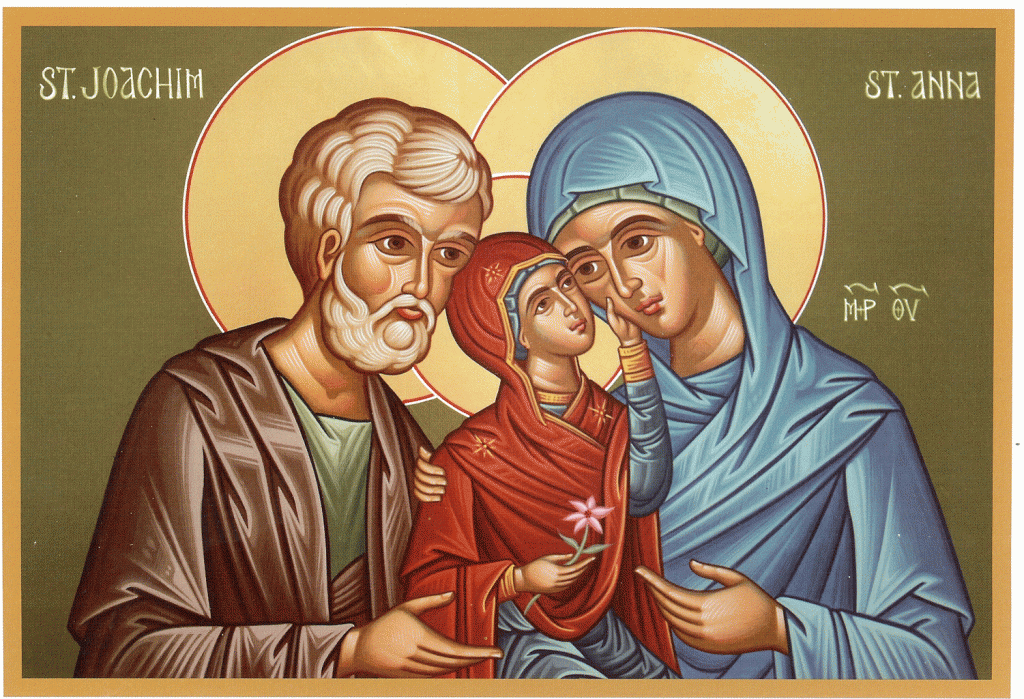
In this post on the fourth day of the Fast of the Virgin I would like to turn away from the Proto-Evangelium of St James for a moment, though we will return to it in due course, Today I would like to reflect on one of the many hymns written by St Severus which speak of the Virgin Mary. Not only was he a great leader of the Church in the 6th century, during a time of opposition and persecution, but he wrote theology, hymns, liturgy and corresponded with thousands of people.
This is Hymn I in the collection translated in the Patrologia Orientalis and has the title, ‘The power that is in his works he has shown unto his people. Psalm 111:6’. This first hymn, which is deeply Christological, introduces the Virgin to us. Yet the hymn does not separate the mystery of God becoming man from the wider context of Scripture. Rather the author connects his reflection on the incarnation to the prophetic elements which we find in the Psalms. This hymn illustrates several features of many of these hymns by St Severus which refer to the Virgin:
When the new covenant was about to begin,
it was preceded by wonders
which signified the joy that was to happen to the World.
For by a miracle the affliction of barrenness was removed,
and trembling age was made young,
and a plant sprang up from an unfruitful field;
in order that this might be believed by all men,
that a virgin also should conceive and bear without seed God the Word,
who was to become incarnate from her,
and to become a babe for our salvation
in the greatness of his mercy and of his grace toward us.
In the first place we should note that the hymn is really about Christ rather than about the Virgin Mary. It is Christological rather than Mariological. The references to the Virgin fit into the argument about Christ, rather than references to Christ fitting into a hymn concerned with honouring the Virgin. Secondly the Virgin is placed in a Soteriological context, which means that the hymn is about the salvation of mankind and God’s gracious mercy towards men. It is with these concepts in mind that the Virgin is introduced, and in this hymn she is not even named. Nevertheless the Virgin is central to the message of the hymn.
It is by the virginal conception and the birth of God the Word as man that the new covenant which God chooses to make with men is guaranteed. It is from the Virgin that the Word becomes incarnate, and the Word incarnate is truly this baby which the virgin bears. What are the wonders which precede this miracle? They are surely references to the conception and birth of John the Baptist of elderly parents who had borne the burden of infertility and barrenness into their old age.
The virgin is therefore described in a definite theological and biblical context. She is not venerated and honoured for her own sake, as we would describe the worship of God himself. Rather she is placed in a particular location within the history of salvation. She stands at the very beginning of God’s new covenant with man, having a part to play with Joachim, Anna and John the Baptist. This hymn shows us that even in the miraculous manner of his conception John is preparing the way for the reception of a greater miracle and a greater grace which was to come about through the virgin.
But the Virgin belongs to the wider story of God coming into the world for the salvation of mankind. She is honoured for the part that she plays in this divine intervention. In the same way, as we reflect on the Virgin St Mary in these days, any lasting honour we might hope to receive is not due to us, as if we were worthy apart from God, but is found in our own service of the will of God for the salvation of the world.
